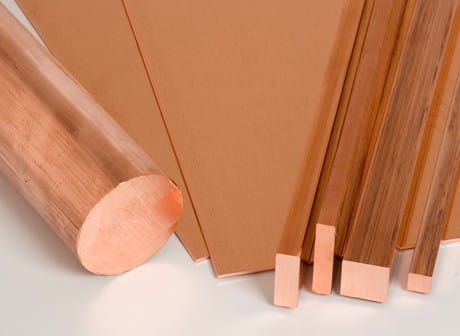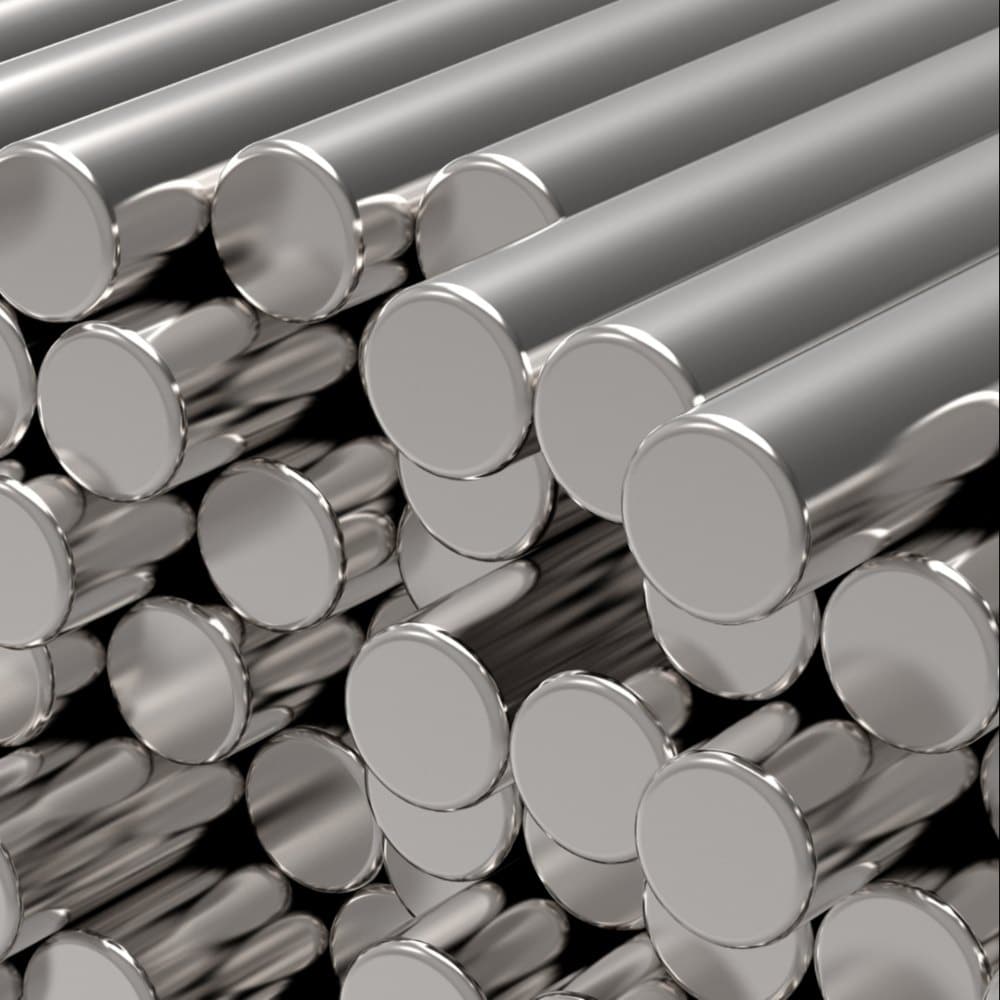

With such a wide range of materials in this group, many mechanical properties recommending iron can be found in non-ferrous metals. For example, alloys of aluminum or titanium could replace steel in many occasions if the price was not as high. The magnetic capabilities of iron could be imitated with nickel, cobalt or rare earth elements alloyed with other metals.
However, because non-ferrous metals are often more expensive, they tend to be chosen for their unique attributes (corrosion resistance, electrical and thermal conductivity, lightness, non-magnetic) compared to steel. Some metals are highly sought after because of their rarity: before aluminum was widely used, aluminum was a luxury metal used in high-end tableware.
There are three notable non-ferrous casting metals.
Copper and its alloys, brass (copper and zinc) and bronze (copper and tin), have various uses in several industries. This is due to its properties of high electrical conductivity, ductility, thermal conductivity and corrosion resistance. When not alloyed, it is soft and ductile.

These properties make copper and its alloys suitable for the manufacture of heating vessels and heat exchangers. Its high electrical conductivity makes it ideal for motors and wiring. In addition, copper has applications in the production of plumbing fittings, roofing materials, statues and kitchen utensils.
Copper, on the other hand, is quite expensive and wires made from this material are generally sensitive to corrosion. It also loses its shape because the material is soft.
Copper and its alloys, brass (copper and zinc) and bronze (copper and tin), have various uses in several industries. This is due to its properties of high electrical conductivity, ductility, thermal conductivity and corrosion resistance. When not alloyed, it is soft and ductile.
These properties make copper and its alloys suitable for the manufacture of heating vessels and heat exchangers. Its high electrical conductivity makes it ideal for motors and wiring. In addition, copper has applications in the production of plumbing fittings, roofing materials, statues and kitchen utensils.
However, copper is quite expensive and the wires made with this material are generally sensitive to corrosion. It also loses its shape, because the material is soft.
Bronze and brass were the first metals cast by mankind in the Bronze Age, and these copper alloys are still cast today. They are melted at much lower temperatures than ferrous materials and they mold the details well. Bronze and brass are softer than steel, but still corrosion resistant even in the presence of salt, so these metals are used in standard marine applications such as boat fittings. Brass is also resistant to “irritants”, which are metal wear against itself. For this reason, brass is sometimes cast for mechanical parts such as marine propellers or machined for ball bearings and zippers. Both alloys are quite expensive because they depend on copper, a metal also in demand for its electrical properties.

Nickel is another common non-ferrous metal. The properties of this silver metal include corrosion resistance, toughness and temperature tolerance. Although this metal exists in a pure form, this form has minimal applications.
However, this metal acquires excellent mechanical and chemical properties when combined with other elements. This gives it an application in the hot section of aircraft, automobiles and marine equipment, as well as in the production of cryogenic equipment.
In addition, nickel can resist corrosion even at high temperatures, making it a good material for producing nails, pipes and shielding.
This metal has an excellent strength/density ratio and corrosion resistance. An alloy of this metal with aluminum and iron creates a light but strong metal.
Unmixed, titanium is comparable to some steels, although it is less dense. This metal has applications in several industries, including the agricultural, medical, sports, military, aerospace and automotive industries.
Silver is a relatively soft metal with a glossy and shiny appearance. It is a metal with the best thermal and electrical conductivity, highly malleable and corrosion resistant. Silver is used in many industries, from solar technology and electronics to brazing and welding. Other applications of silver include engine bearings, currency, water purification, tableware, medicine and jewelry. In contrast, it has the lowest contact resistance of all metals.